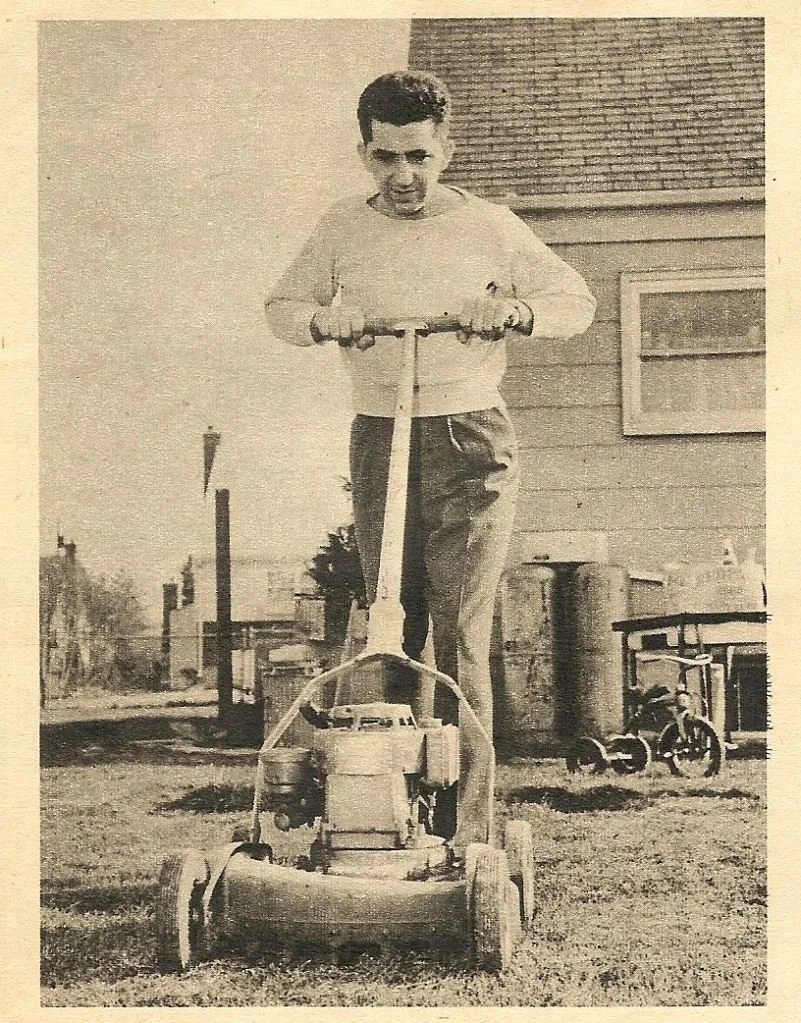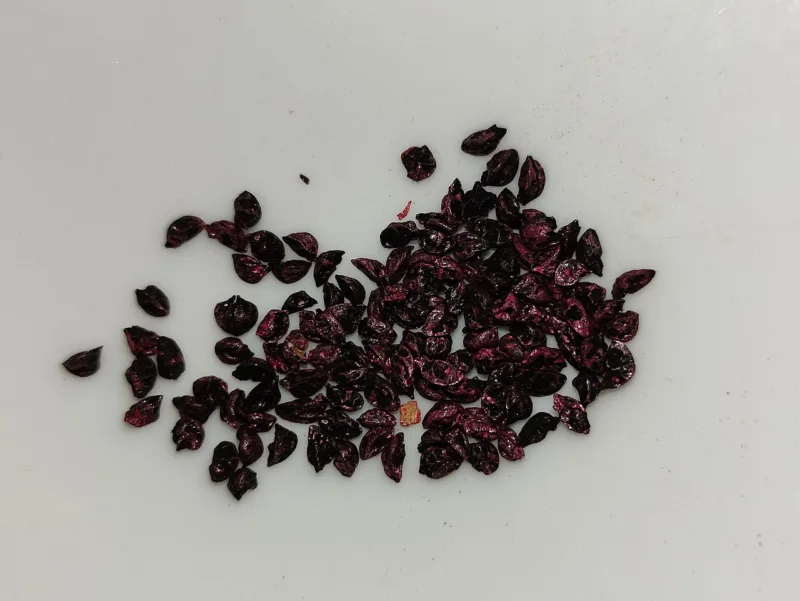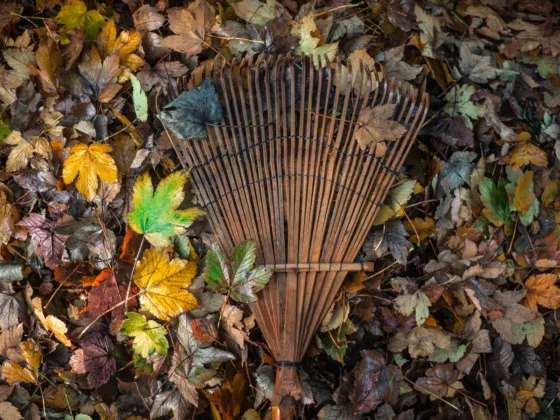Table of Contents Show
Guide to Preparing Lawn for Winter
Now that the mums are starting to wither and winter is imminent, it is time to start thinking about how to maintain your lawn during winter. While it does go into a stage of dormancy, there are ways of protecting it from the harsh effects of below-zero temperatures.
Steps to Preparing a Lawn for Winter
The first step in preparing a lawn for winter is to mow it down to 2 inches in early September in order to protect it from winter diseases such as Snow Mold.
This is one of the diseases that causes a lawn to develop brown spots and take longer to green up during the spring. Cutting the lawn as close to the ground as possible (2 inches) will help to prevent such diseases.
Fertilize your lawn and water well at this time as this is the most important application of the year. Fertilizing your lawn when it is about to go dormant allows roots to absorb the nutrients all season long, preparing it to green up in the springtime. Leaving grass clippings on your lawn from previous mowing works as an excellent fertilizer as well.
This will help to serve as a top dressing to protect your lawn against disease in the upcoming cooler months. Your lawn will need an extra dose of nitrogen and potassium, as winter disease may attack while it is in a weakened state. Applying an extra dose of fertilizer in early November will give it the extra boost it needs to start storing nutrients for spring.
The Importance of Aeration and Dethatching
Aeration reduces soil compaction and excessive thatch while providing a top dressing for the lawn. Thatch is the layer of dead organic material that lays in between the layer of soil and grass, usually in the form of dead weeds and grass seed.
Signs of soil compaction include puddling of water after rain and watering and worn patches or trails from foot traffic in the lawn. Thatch buildup prevents proper air circulation in the lawn, which prevents proper water absorption as well.
This all leads to one thing. No matter how much you water and fertilize your lawn, it does not receive the full benefit of such measures if not properly aerated. Aerating will improve water absorption, and help to create growth pockets needed to develop new roots. Commence aeration four weeks prior to the first hard frost.
Over Seeding
Now is also the time to think about over-seeding patches of lawns that have become thin and barren from the hot summer sun. Normally, when no grass is present, the soil is tilled to a depth of 4 to 6 inches before planting seeds. However, when over-seeding a lawn, this is usually accomplished by either aerating, other using a thatch rake.
A thatch rake is a rake with metal tines that are designed to remove stubborn organic matter such as weeds, and dead grass. The tines are fairly close together so that what you will have when you finish are furrows to put the seeds in.
Overseeding in the fall is beneficial to a lawn in that it gives the seeds a chance to germinate without having to struggle and fight with weeds for nutrients. Once you have overseeded the lawn, light and frequent irrigation are necessary in order for the seedlings to grow.
Once the seedlings have established themselves it is important to cut back on the amount of water given to the lawn in order to promote deeper root establishment. Of course, this requires making a decision on whether or not you would like your lawn to go dormant during the winter or not.
Overseeding the lawn will keep your lawn healthy and green throughout the winter months, but will in effect, require care and maintenance. Applying a fertilizer that is higher in phosphorous than a general-purpose NPK fertilizer will be necessary in order to encourage the seedlings to take root.
Mowing, of course, will have to commence again as well, as the seedlings establish themselves and begin to grow. Even in winter, if the lawn is over-seeded, it is recommended that only one-third of the length of the lawn be cut off if you wish it to remain healthy, green, and lush throughout the season.
Once again, overseeding the lawn is a decision that you have to make. Some people prefer to mow their lawns down to the recommended 2 inches, fertilize in September, and then let them go dormant until springtime. Others prefer the over-seeding route, which, while keeping the lawn healthy and green all year around, does require extra care and maintenance throughout the winter months.
Wrapping It Up
While preparing a lawn for winter can definitely be a chore, it is a necessary and rewarding one. Not only does it add beauty and presence to your home, but when you are through you can be proud of a job well done.
Maintaining your lawn during the winter will only make things easier come springtime, and provide you with a palette for the beautiful spring flowers that are soon to come.
References
- Virginia Tech/Virginia Cooperative Extension – https://www.pubs.ext.vt.edu/content/dam/pubs_ext_vt_edu/430/430-520/SPES-223.pdf
- South Dakota State University – https://extension.sdstate.edu/dealing-drought-stressed-lawns
MAINTAINING A LAWN AND GARDEN
Learn all about what tasks are to be accomplished during each season in this series about maintaining a lawn and garden. “A Guide to Repairing a Garden In The Fall”, and ” A Guide to Preparing and “Maintaining a Lawn For Winter”, are both timely pieces for this season.
- A Guide to Repairing a Garden in the Fall
- Fall Gardening: What to Do with Plants
- Preparing and Maintaining a Lawn for Winter












